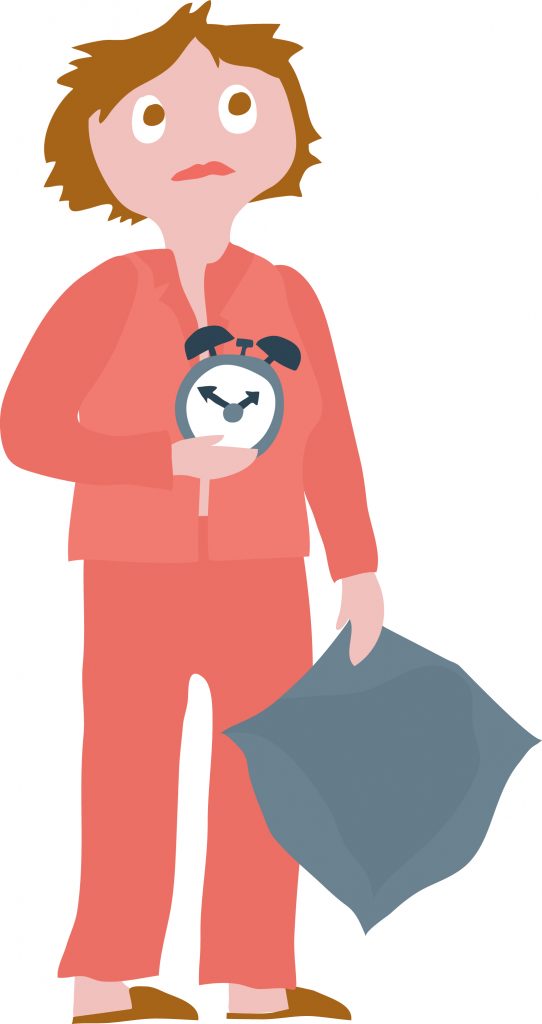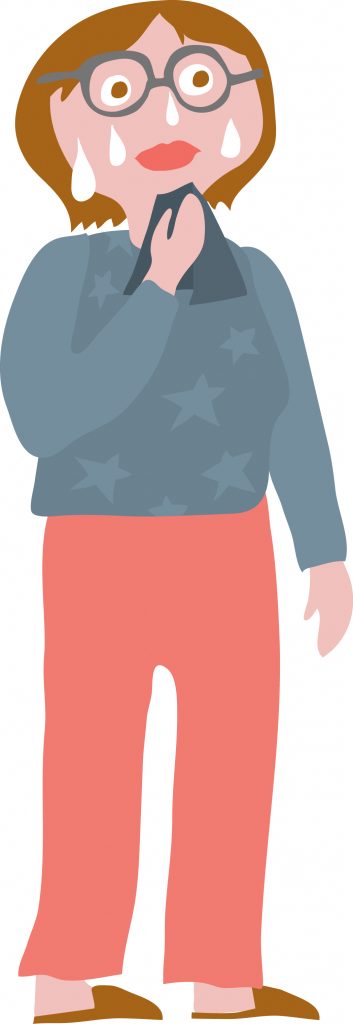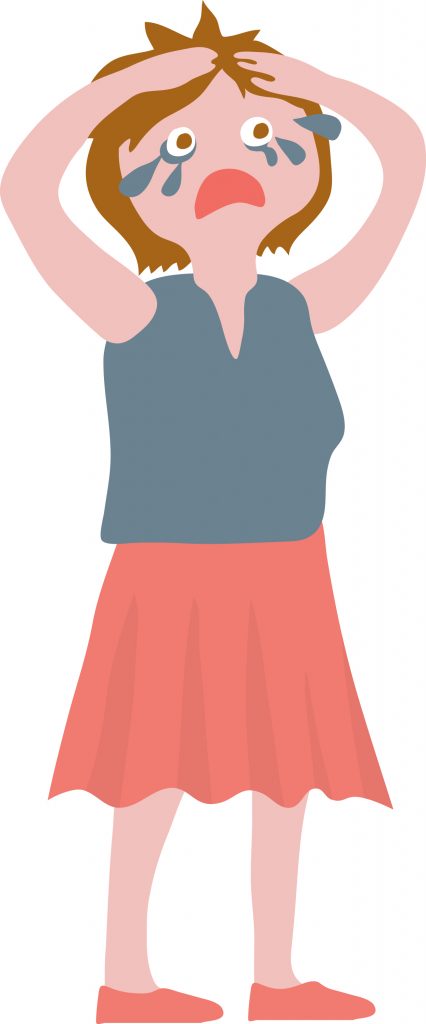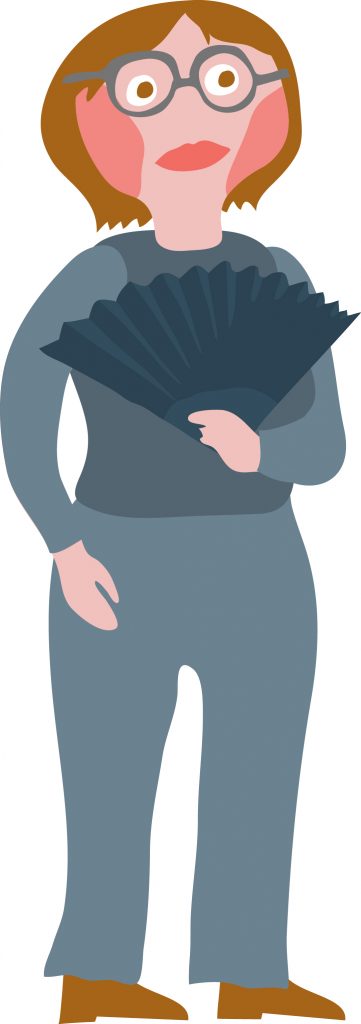Being a woman, you will journey through many stages in life. From puberty, menstruation to giving birth and followed by menopause.
The journey before, during and after menopause does have its ups and downs and just like the other stages, it is possible to take control and live a positive life.
Menopause is a phase where your body stops producing estrogen and progesterone. Hence, causing menstruation cycle to stop. Menopause is a part of ageing and the typical occurrence of menopause is when you’re in your late forties or early fifties.
Just before menopause, there’s also a stage called Perimenopause, or the menopause transition, which begins several years before that. It’s common for women who are undergoing perimenopause, to experience symptoms similar to menopause.
Having knowledge on menopause is not just for women, men too should take note as this helps both parties understand this phase of life better and also know what to expect. Read on as we highlight some of the common menopause symptoms.
Hormonal changes

During the course of perimenopause and right through menopause, the production of estrogen and progesterone gradually decreases. Due to the changes in hormones sometimes contribute to difficulties in falling asleep. Insomnia for instance, is a relatively common symptom during this stage.
Hot flushes

Hot flushes is the most common symptom experienced during perimenopause and menopause. Some women may feel flushes of heat throughout their body. It is more commonly experienced while you’re asleep. The changes of body temperature can often be disruptive when sleeping or when you’re resting. When you experience hot flushes, it takes time for your adrenaline to settle down and allow you to fall asleep again. Hence, affecting your sleep pattern.
Depression or mood swings

Depression and mood swings are often short-term symptoms that women experience when undergoing menopause. The reduction of estrogen hormones can lead to depression. Though, don’t blame it all on the hormones because hormonal changes may not be the main source for depression or mood swings. A stressful lifestyle, together with experiencing the life-changing experience of menopause can contribute to these symptoms.
Life-changing habits
There are many ways to reduce perimenopause or menopause symptoms naturally that can be done at home. Here are some ideas:
Stay cool!

Try your very best to stay and hang out in a room with cooler temperature as this can help to reduce hot flushes. Though, that’s not all. Besides a cool room temperature, try to dress in loose, comfortable clothing especially during the night.
Nourish your skin!
Menopausal women are also at risk of experiencing dry skin. In order to avoid this, moisturise your skin daily and avoid being under direct sunlight which can dry out or irritate your skin. If you must be under the sun, protect yourself with sunscreen and appropriate clothing.
Maintain good nutrition
Menopause can affect your appetite and this could disrupt your nutrition intake. If you’re experiencing this, try to consume more calcium, vitamin D and magnesium supplements to help increase your energy as well as maintain your bone health. Of course, it’s best to consult a health expert if you’re not too sure about which vitamins you need.
Manage your weight

It is important for you to work out and keep your health in check. Staying healthy and fit can be beneficial in controlling your perimenopause and menopause symptoms. Ideally, exercise for about 20 to 30 minutes each day. By doing so, you will have a better chance for a good night rest and enjoy all the benefits of exercise.
Do not allow menopause to stop you from successfully getting through your daily life. To help you manage symptoms during this stage of life, have a regular visit to your doctor before, during and after menopause to ensure that your health is in check.
Sources: WebMD, Healthline, Mayoclinic












